-
Car Reviews
- All reviews
- Midsize SUVs
- Small cars
- Utes
- Small SUVs
- Large SUVs
- Large cars
- Sports SUVs
- Sports cars
- Vans
Latest reviews
- Car News
-
Car Comparisons
Latest comparisons
- Chasing Deals
Convincing Australian shock absorber and steering tune combine with slick new plug-in hybrid powertrain to make top-end H6 the best GWM effort yet
It isn’t so much that Chinese manufacturer GWM has decided to get serious. That decision was made more than a year ago. However, the consequences of a call to take the fight directly to Toyota is now bearing fruit — with the first arrival the 2026 Haval H6.
But wasn’t the H6 only just facelifted? Well, yes, but the timing was off. While they wore altered external/internal styling, the 2025 facelift of the H6 predated two major changes held back for 2026. As such, we’d hold off on any purchase until then.
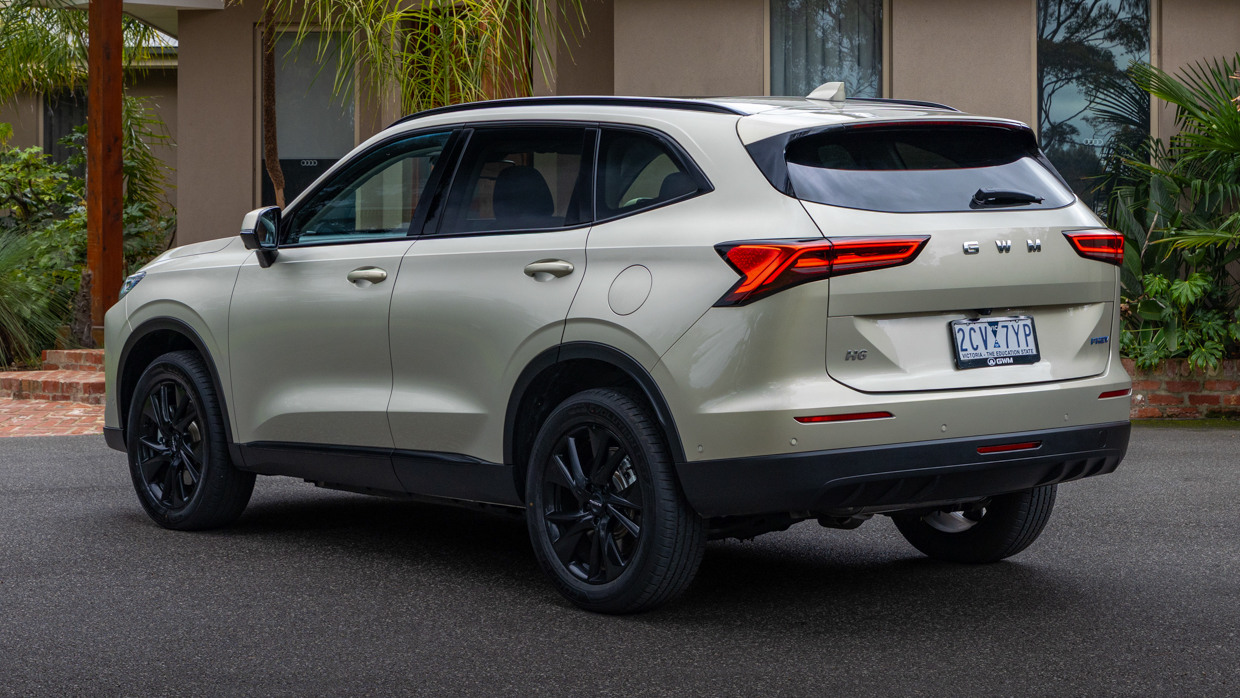
Early next year, H6 units rolling into GWM showrooms won’t just offer a new top-end powertrain (a turbo-petrol plug-in hybrid with about 90km range), but even more importantly, overhauled suspension and steering retuned by ex-Holden dynamicists right here in Australia.
In support of the efforts of those engineers, led by VE/VF Commodore ride and handling guru Rob Trubiani, GWM has leased Holden’s old Lang Lang Proving Ground and is in fact now trying to purchase that facility, enticed by its uncanny recreation of Australia’s road quality.
Chasing Cars travelled to Lang Lang to test the upgrades to the H6 within the Proving Ground and on the dual-carriageway and meandering, fast country roads that surround it. This meant digesting both the new PHEV powertrain and the Trubiani tune of the electric power steering and shock absorbers — codenamed AT1 — all at once.
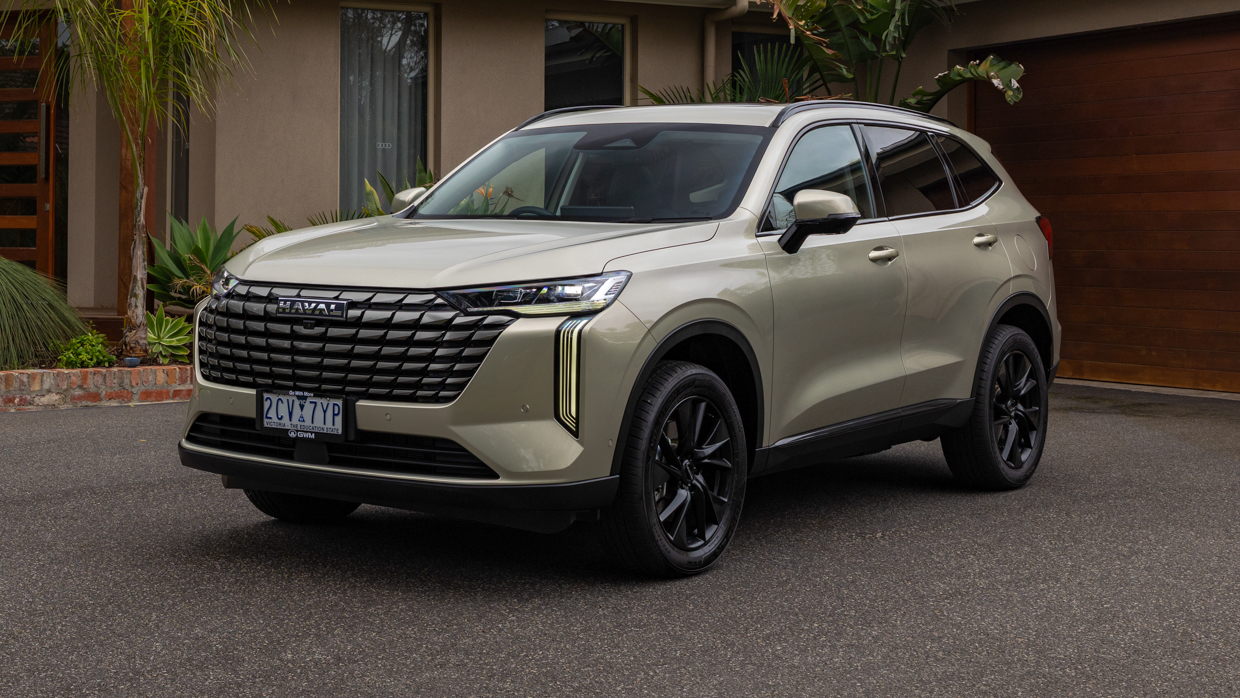
At least at first, only plugless hybrid (HEV) and PHEV versions of the Haval H6 will score the overhauled ride/handling hardware and software, with the price-leading petrol-only versions (from $35,990 driveaway) left out in the cold. And with the retune being very noticeable indeed, we’d urge you to avoid them until they are upgraded.
That means the gateway into the upgraded H6 will be the Lux HEV grade ($38,990 driveaway), with plug-in power a $4000 upcharge.
Both the HEV and PHEV powertrains can be optioned with electrified dual-motor AWD — albeit only on high-end Ultra trim — adding considerably more power than front-wheel drive versions.
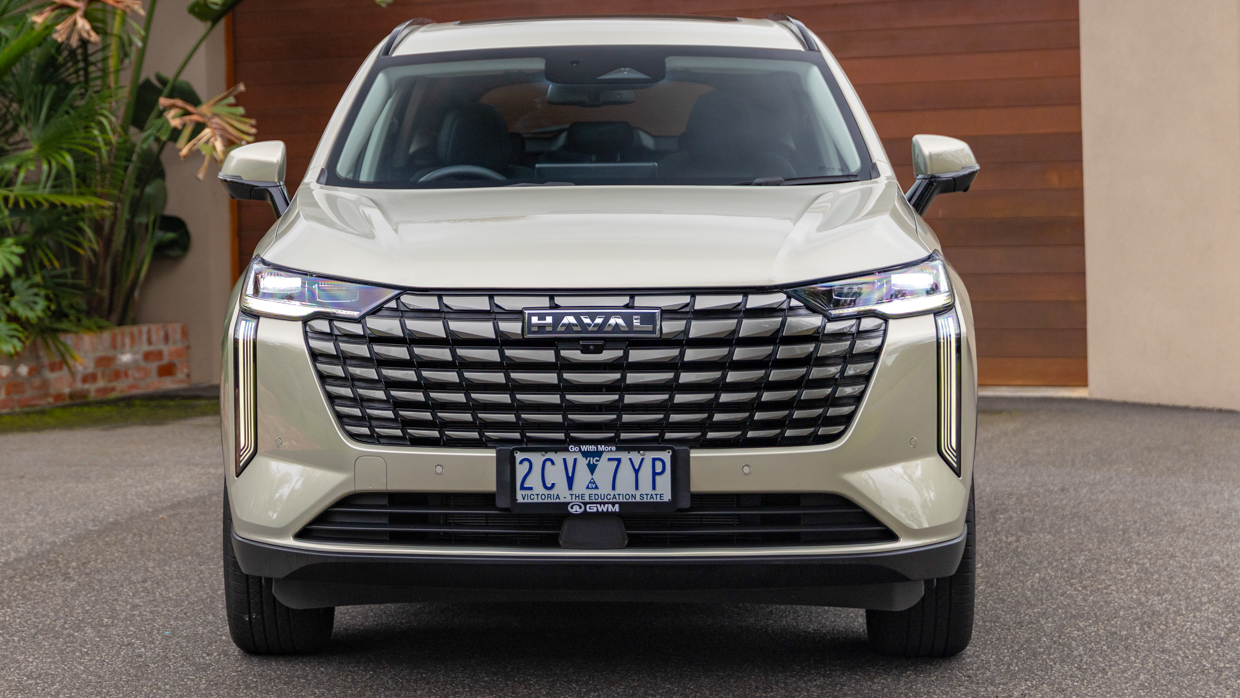
By the time you’re considering Ultra AWD versions, there is just a $1500 jump from HEV to PHEV — making the latter quite a bargain given it adds a much larger battery.
Interestingly, despite identical power outputs to the HEV AWD powertrain, GWM only markets the H6 PHEV AWD as one of its new-generation Hi4 ‘intelligent’ AWD models. That’s the version we spent most of our time in, priced at $48,990, driveaway.
Value across the range is strong when compared to key rivals, with even the $39k Lux HEV bundling 19-inch alloys, LED headlights, roof rails, dual-zone climate control with rear air vents, vinyl upholstery, a power driver’s seat, 14.6-inch touchscreen, wireless device charger, eight-speaker stereo, keyless entry and wireless CarPlay/Android Auto.
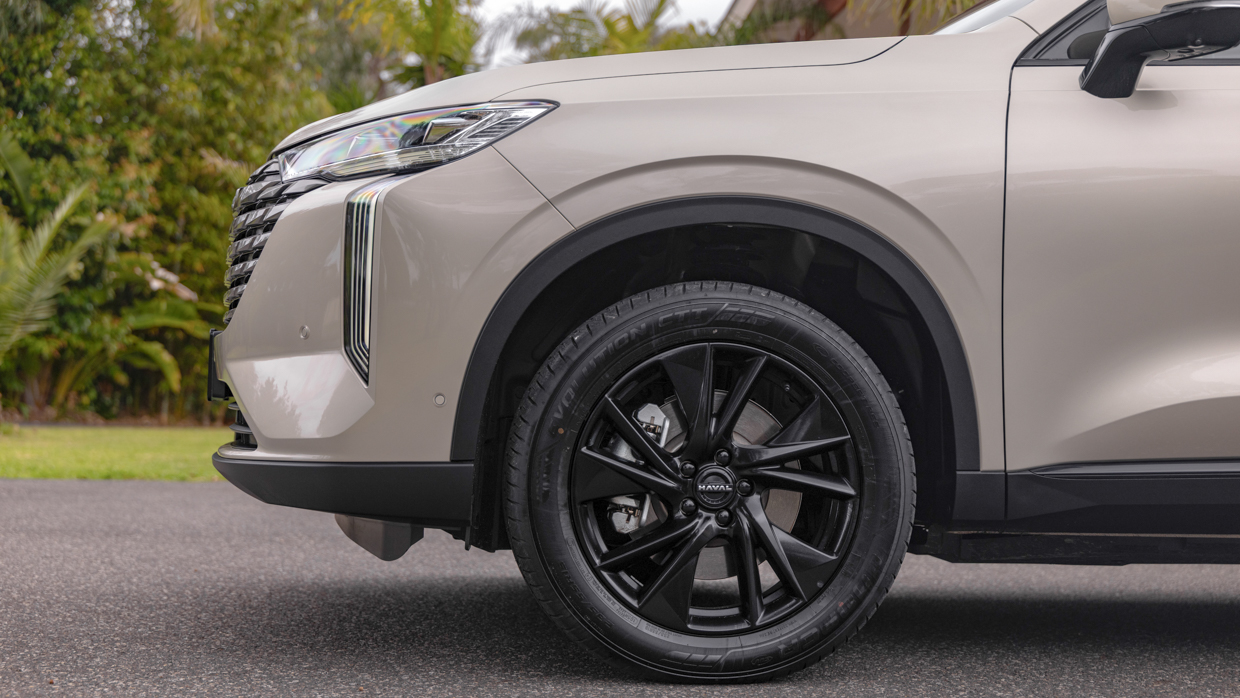
Still, we think it’s worth spending $3000 more for the Ultra grade, which adds conveniences like heated/cooled seats (you’ll want this on vinyl trim), a panoramic opening sunroof, head-up display, driver’s lumbar and memory, automated parking with front sensors, rear privacy glass and a head-up display.
PHEV versions step back from nine to eight speakers due to packaging issues, but the plug-in models uniquely gain GWM’s meaningfully quicker Coffee OS 3 infotainment system, a different steering wheel, connected car/telematics tech, and EV drive modes.
While the Haval doesn’t suddenly go to the top of the midsize SUV class, the degree of improvement to the H6 is deeply impressive — particularly when you consider it has only had about half a year of local development.
That’s what happens when you bring in the ‘big guns’: ride and handling engineers who know what they’re doing (thereby reducing the time it takes to get to an acceptable setting for the damper and steering tune), in a location where fast development work is achievable (like Lang Lang).
In our (pre-retune) H6 review published just two months ago, we remarked that the suspension was “overly stiff” and that the steering was “relatively loose” with “a tendency to understeer” before arguing that “we’d wait and see if the forthcoming changes make it a better car to drive.”
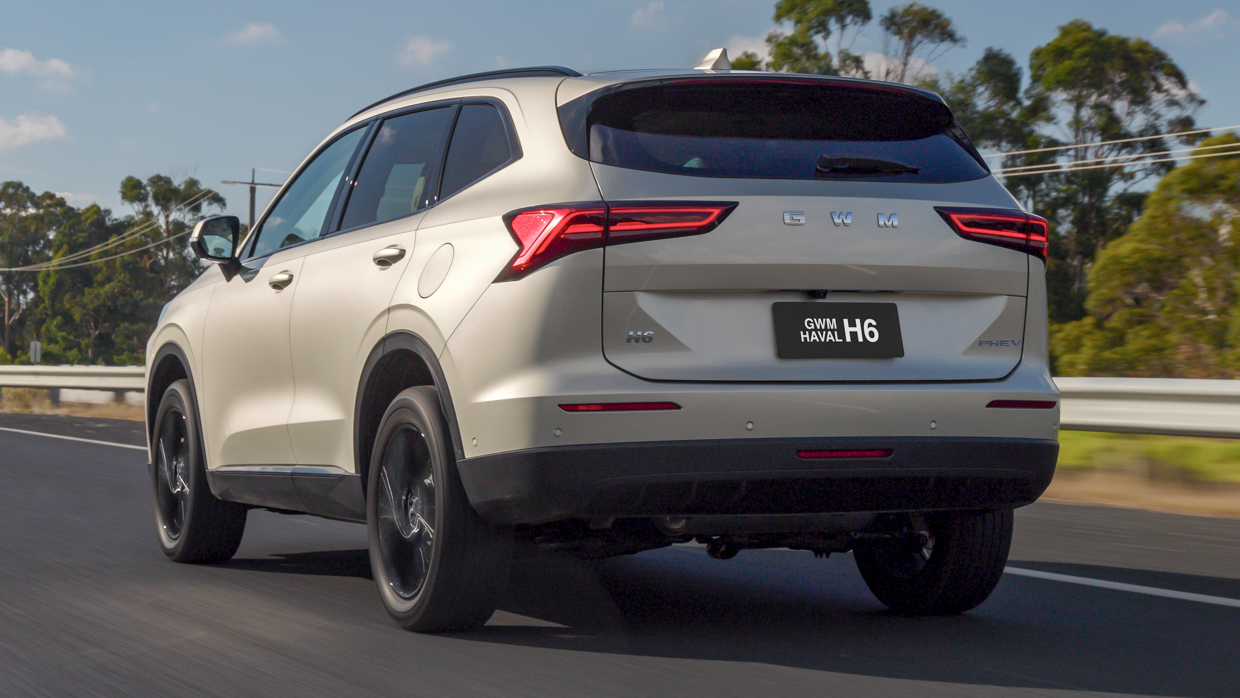
It didn’t take very long behind the wheel of the updated version (with the old one as a reference point) to notice three major upgrades.
The first two relate to the electric power steering, which has had its responses extensively altered across the rack range, but particularly in the area close to the centre. Pre-update, the H6 suffered from a huge dead spot on centre which has now been considerably reduced, with far more precise responses to small steering inputs.
Trubiani’s team has also tried (and mostly succeeded) to imbue the H6’s steering tune with the intuitive linearity of the VE and VF Commodore (the former having been benchmarked on the E39 BMW 5 Series). Doubling your steering input in the H6 now, more or less, generates double the response.
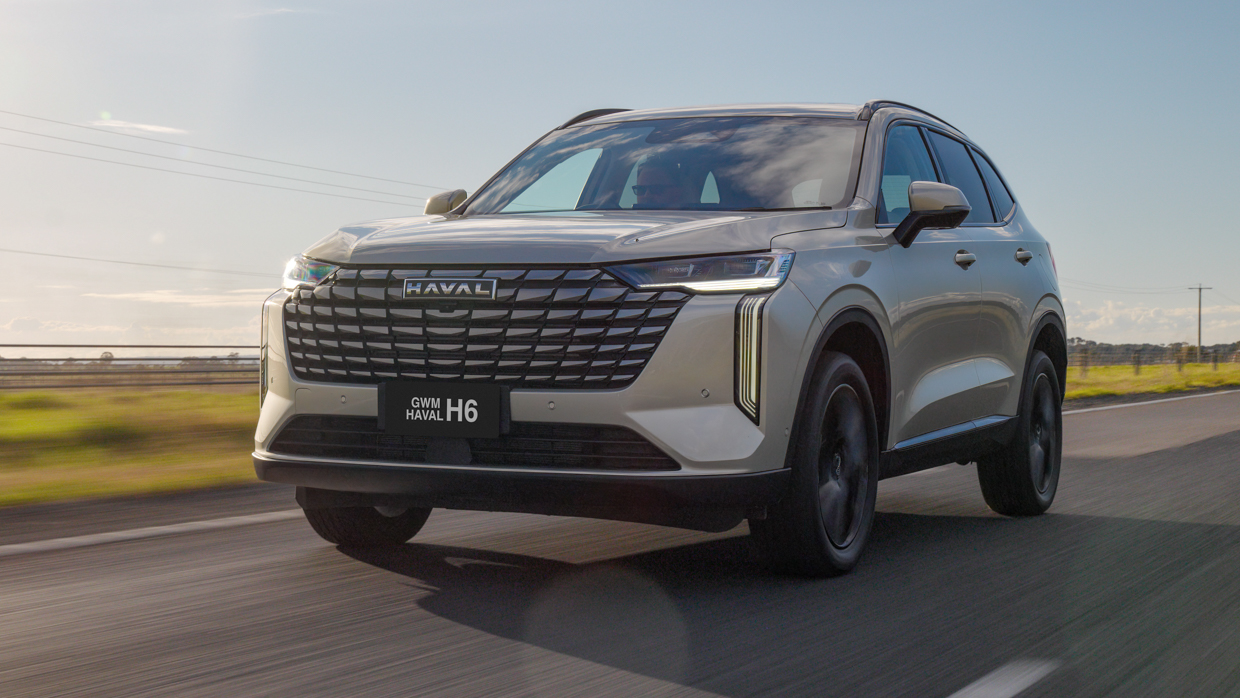
While grip levels remain a touch patchy and body roll is still rather noticeable, the H6 inspires just about double the confidence while tackling a winding country road, while low-speed parking maneouvres are easier to judge and, as a result, feel more natural.
Both handling scenarios were under the microscope, with the GWM team bringing across the same kind of priorities as they had at Holden: easy lightness to drive in urban areas while inspiring confidence for keen drivers that want to increase the pace on a B-road.
As for the ride quality, it’s much better. The big vice of the pre-update H6 was that it was underdamped — a factor that was especially noticeable on the rebound stroke of the shock absorber. After driving across an expansion joint, the pre-update H6 would nearly bottom out, causing a ‘whoomp’ in your stomach that was quite unenjoyable.
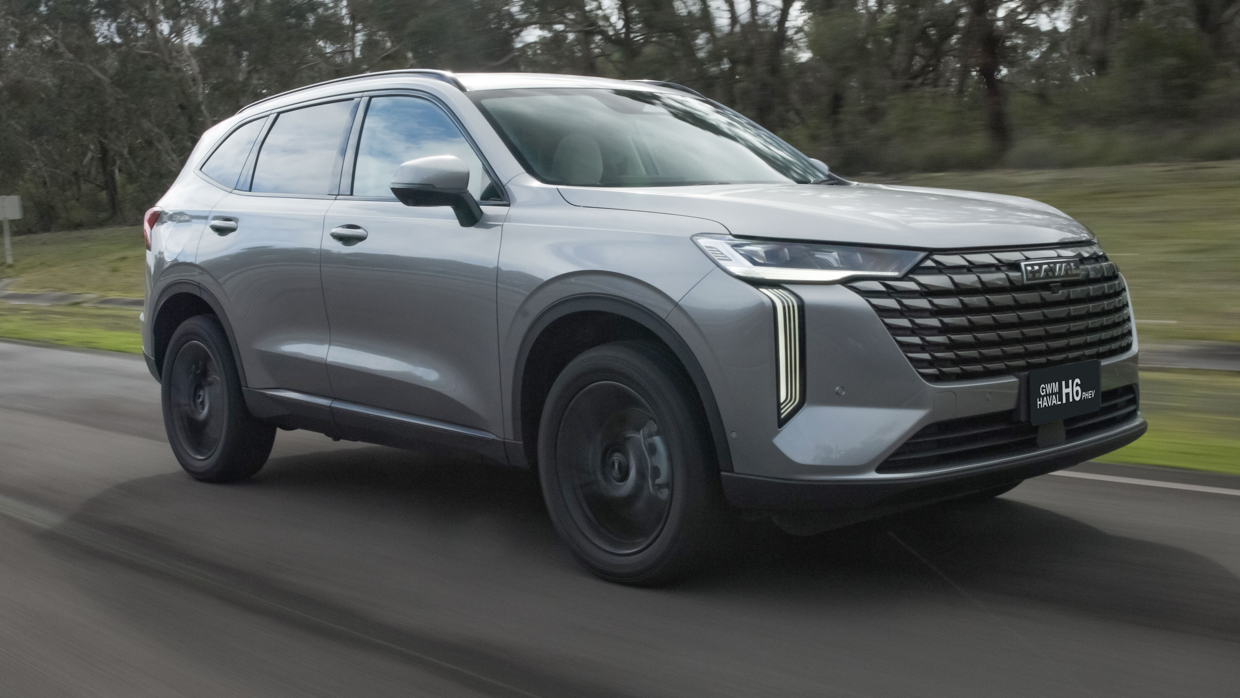
Trubiani’s team has pulled apart the H6’s shocks and recalibrated the compression and rebound strokes primarily to dial out the underdamped character and get the H6 closer to the critical damping point where bumps are nicely insulated and rebound is quick and tidy.
And the H6 is indeed closer to that point, with a ride that remains somewhat firm — but controlled and neat — on the country roads we were able to test it out on.
As for the plug-in hybrid powertrain: the PHEV also represents an improvement over the HEV, which we criticised for “laggy acceleration off the line” on account of the amateurish tuning of its hybrid power unit — the bit that decides whether petrol or electricity will be used for a particular throttle application.
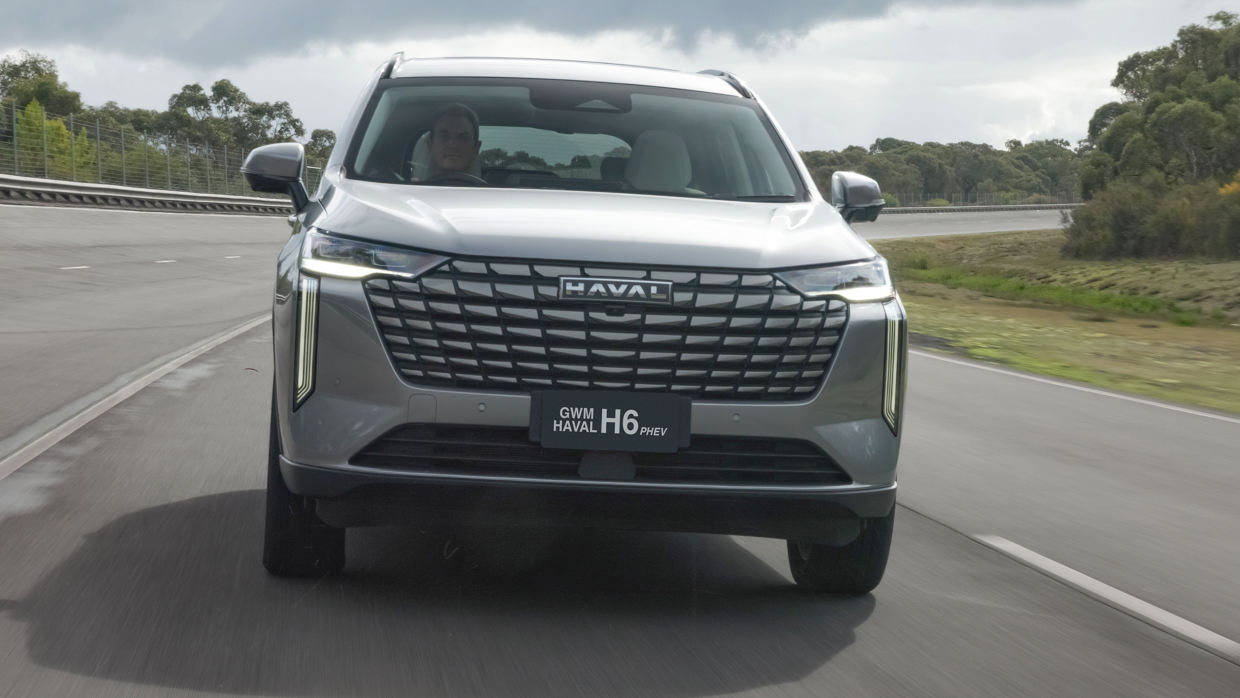
It isn’t clear whether the PHEV’s hybrid ‘brain’ is better or simply that it has more electric brawn up its sleeve to ‘cover’ for the system’s laggardly thinking. The important bit is that step-off lag is basically eliminated, at least when there’s reasonable charge in the battery.
Like many PHEVs, the GWM system appears to keep a greater buffer of battery power in reserve than the regular HEV to avoid its considerable 240kW/540Nm (FWD) or 268kW/760Nm (Hi4 AWD) performance being degraded.
An interesting advantage of the Hi4 AWD version of the PHEV is that it can confidently operate as an EV only when it is charged up, with its dual motors able to feed in 230kW/500Nm without even waking up the petrol engine (itself rated at just 110kW/240Nm).
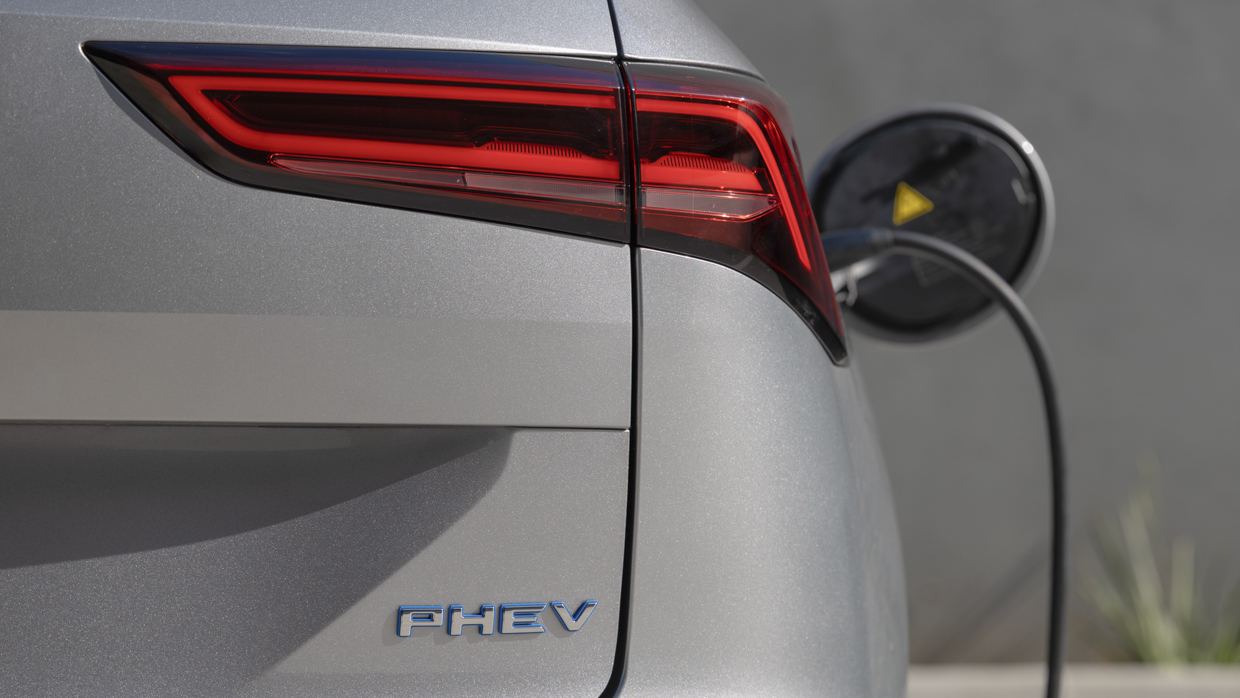
While the FWD version of the PHEV is still quick, it’s the AWD that is the clear H6 powertrain standout. While its overall power and torque figures are shared with the marginally cheaper HEV AWD, the PHEV has the bulk battery capacity to deploy all that power with regularity. We haven’t tested the 4.8 sec 0-100km/h claim, but it certainly feels perky.
On our test drive, we recorded country road EV-mode power consumption of 21.4kWh/100km (from a 19.09kWh LFP battery, for 89km tested range), and dead-battery fuel consumption of 5.8L/100km (948km petrol range), both close to GWM’s claims. No urban test was possible at this stage. Charging the traction battery is possible via AC (6.6kW) and DC (34kW) means.
GWM continues to do a better job than many rivals (particularly other Chinese brands) at limiting safety system sensitivity. The PHEV has no audible attention monitoring and no camera-driven driver attention monitor; while lane-keep assist can still be grabby, it can be permanently deactivated.
There’s more sophistication to the H6’s new PHEV powertrain — and its Australian ride/handling tune — than there is to the interior, which while serviceable and modern-looking is a little lacking ergonomically.
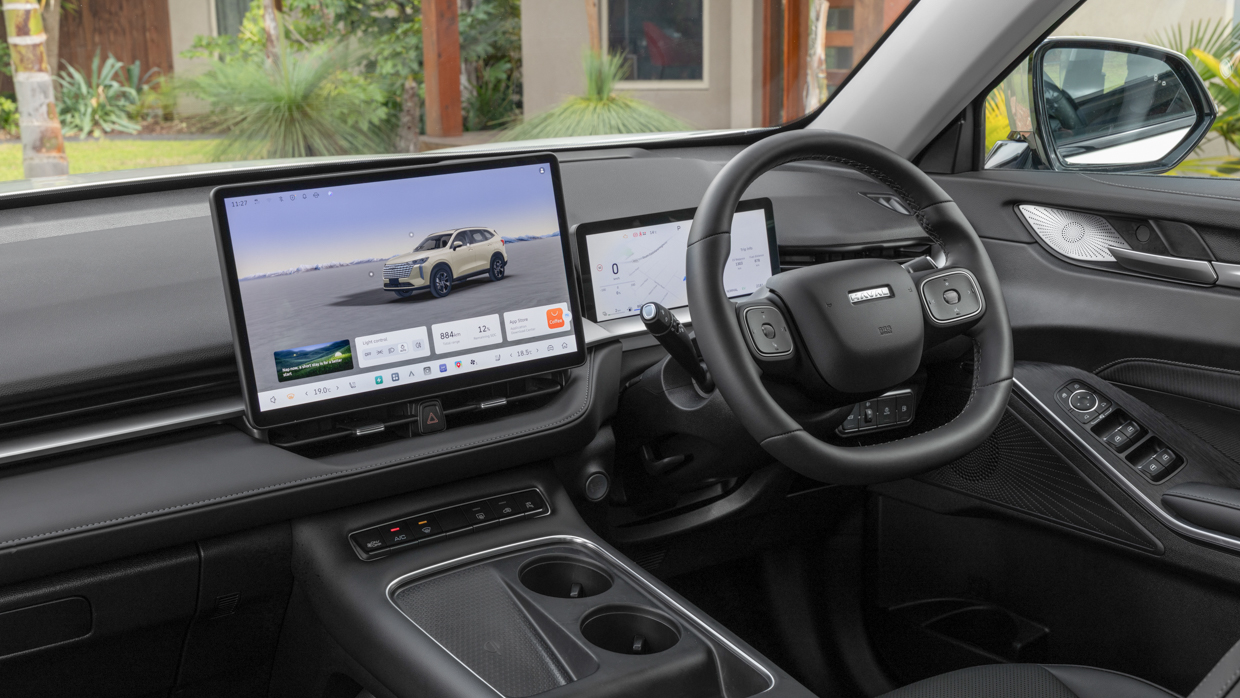
While the H6 deserves credit for remaining one of the most affordable cars in the midsize SUV segment, corners cut to deliver sub-$50,000 pricing across the range grate more when the rest of the car is suddenly very competitive indeed.
We’re talking about things like the lack of tilt adjustment for the driver’s seat across the range, meaning long-legged folk can’t get properly comfy. Or the fact the passenger seat doesn’t have height adjustment. And even little things like the digital instrument cluster lacking the customisation of a Toyota RAV4 — this comes off as basic.
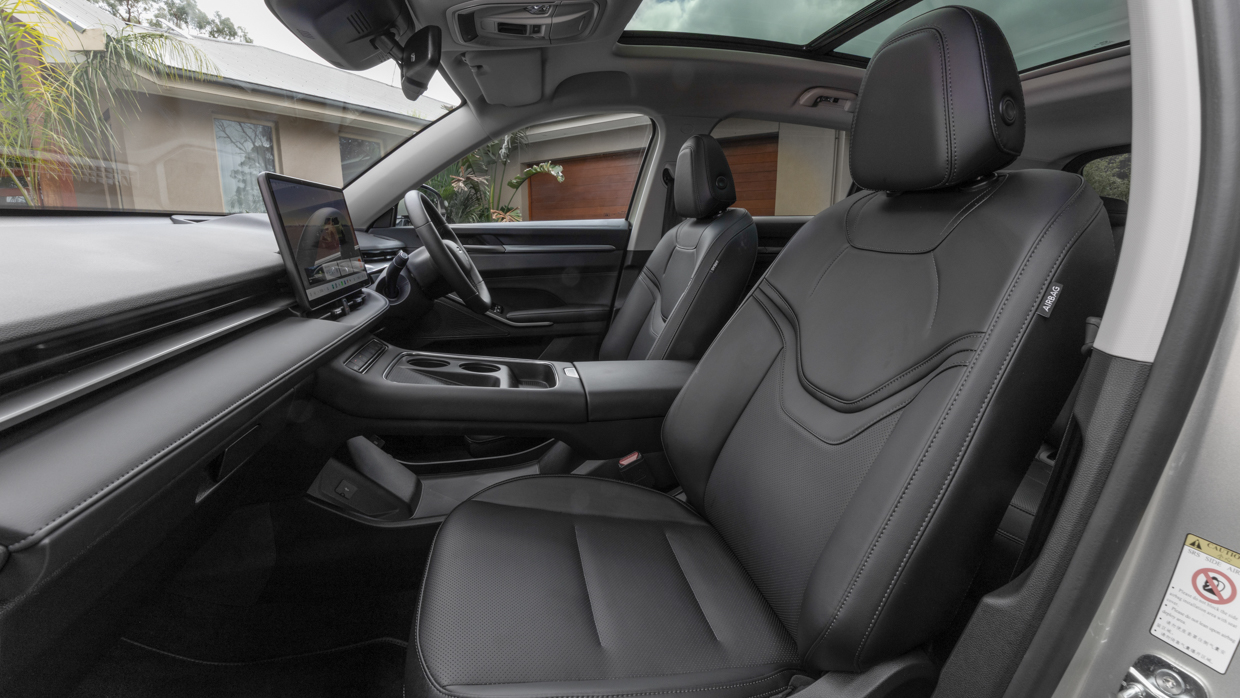
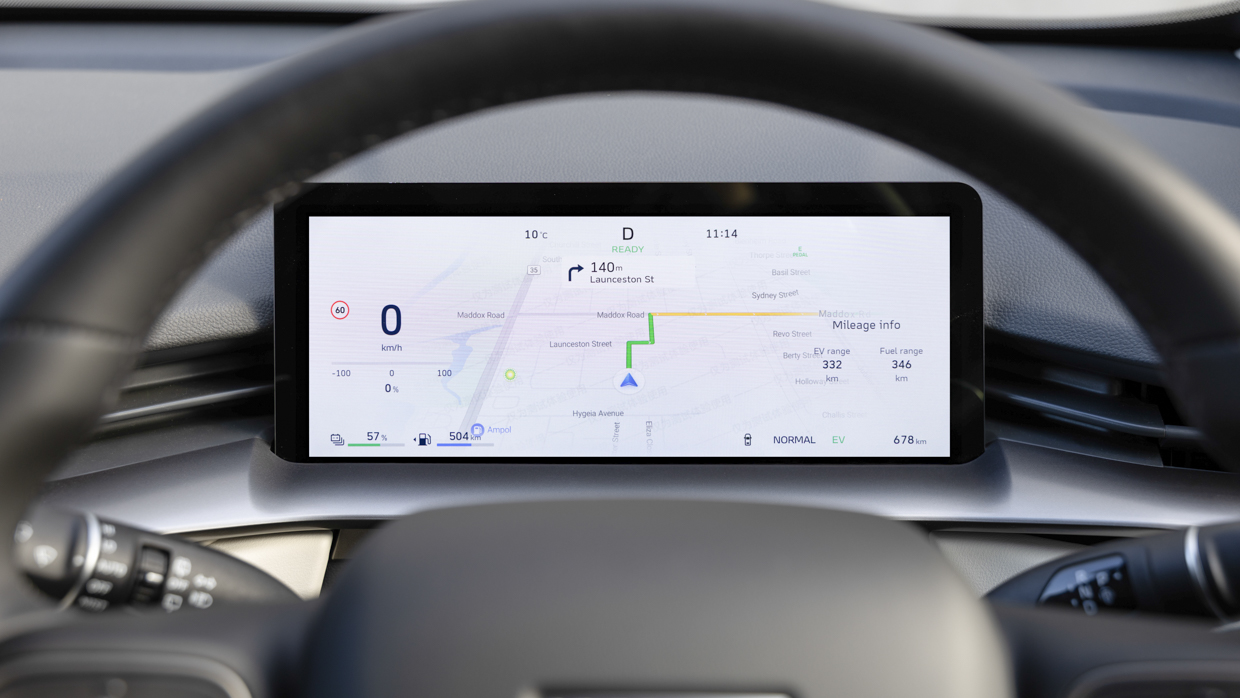
We don’t particularly mind the lack of character inside: like many Chinese cars, the H6’s dashboard could be found in models of many different brands. The aesthetic is dominated by a 14.6-inch rectangular central touchscreen and a 10.0-inch instrument display.
Weirdly, the screens you get differ based on whether you go for petrol/HEV, or for the new PHEV — with the latter picking up a very considerable upgrade in the form of GWM’s new Coffee OS 3 infotainment system (with Australia-specific adjustments).
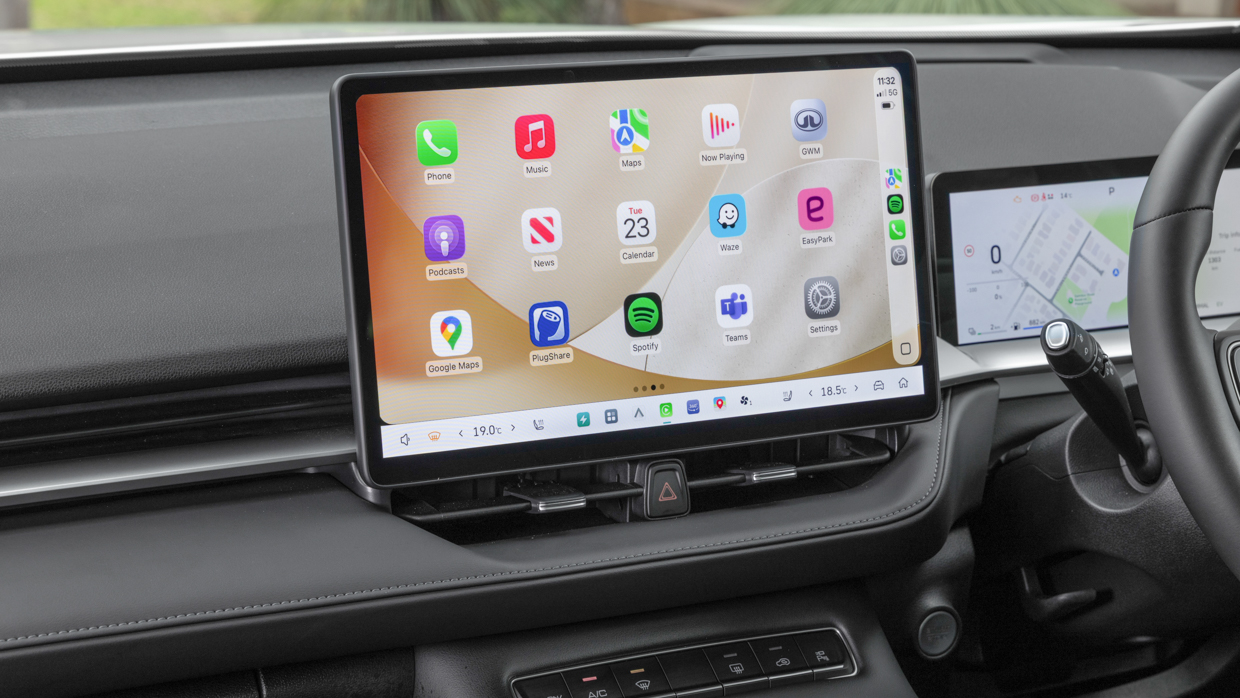
Coffee is a huge leap forward, abandoning the aftermarket look and feel of GWM’s old system in favour of far more processing power, fewer arcane menus, an always-on climate bar, new steering wheel controls, and connected car functionality with conveniences like remote air-con activation and telematics data.
We expect this system will be rolled out to (at least) the regular hybrid in time, but for now, the system is a PHEV-only exclusive and more reason to step up to the plug-in.
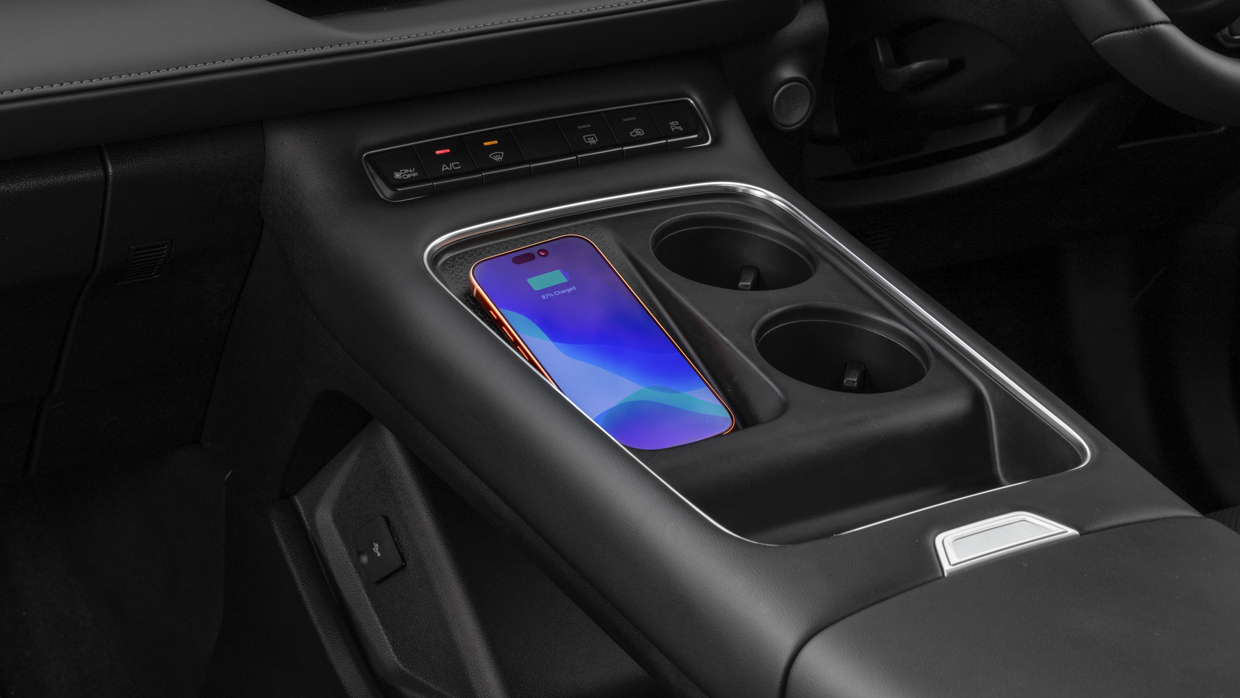
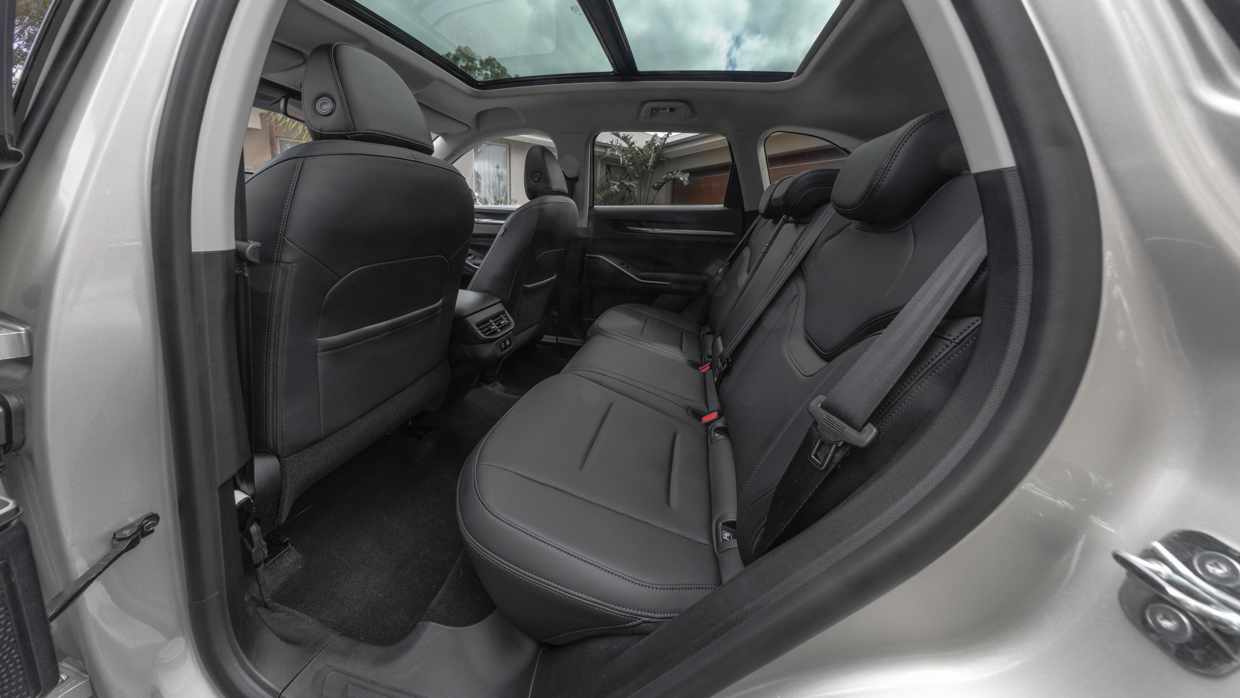
Otherwise, the cabin is passable: the vinyl seat trim feels fake (but is at least ventilated for Aussie summers in the Ultra grade) while the ‘gummy’ material that covers the facelift H6’s centre ‘bridge’ is slightly suspect but at least it absorbs light and sound more than hard plastic.
The back seat shines with enormous legroom and solid headroom, plus standard air vents across the range — and the seat base in row two is more supportive than the one in the front.
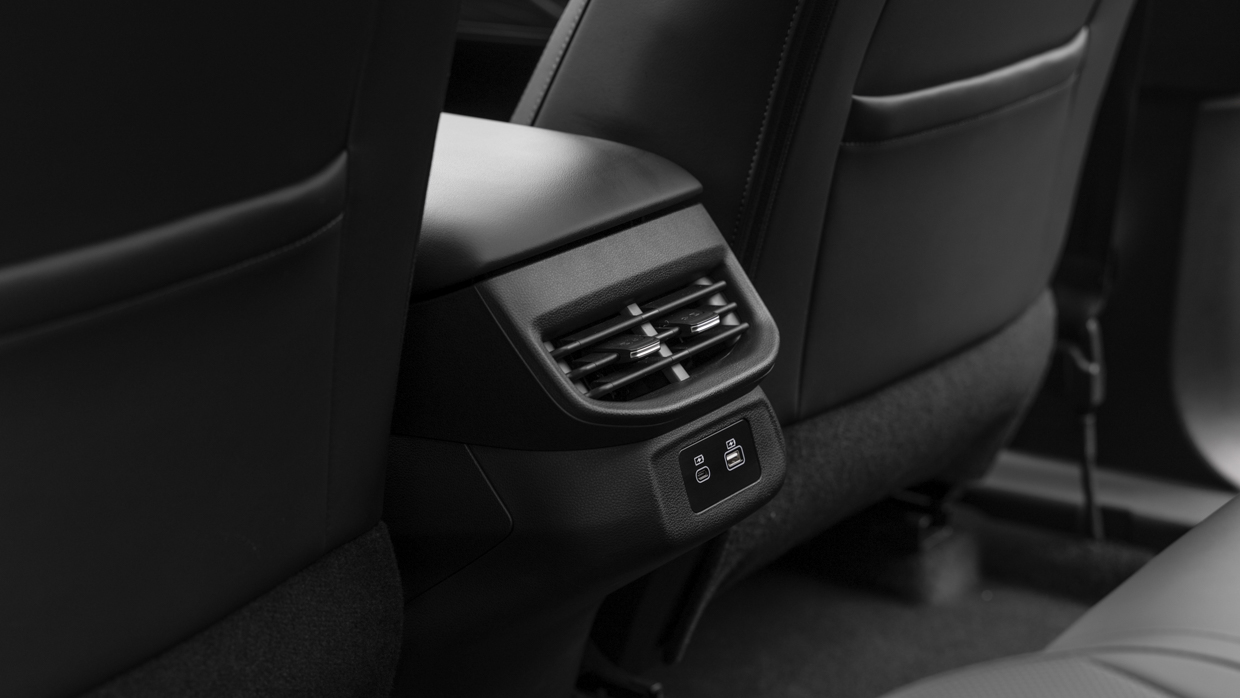
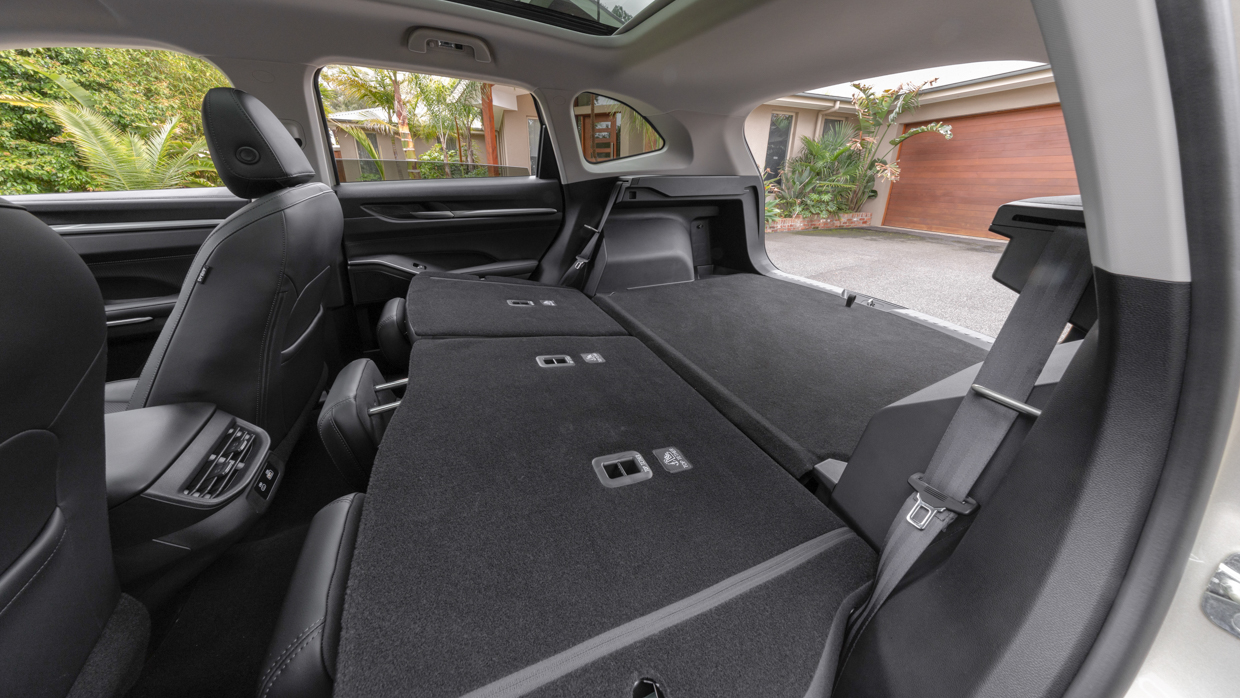
Boot space is claimed to be 560 litres across the range in five-seat mode and 1445 litres with the second row folded flat. A power tailgate is standard on all hybrid and PHEV trims.
There are now a few clear takeaways about the Haval H6 lineup in Australia that should help to inform your purchase decision.
The first is that, with the forthcoming Australian ride and handling tune, the H6 deserves to be on your test-drive list if you’re after a midsize SUV. Just keep in mind: only the HEV and PHEV versions score the new suspension and steering adjustments, for now.
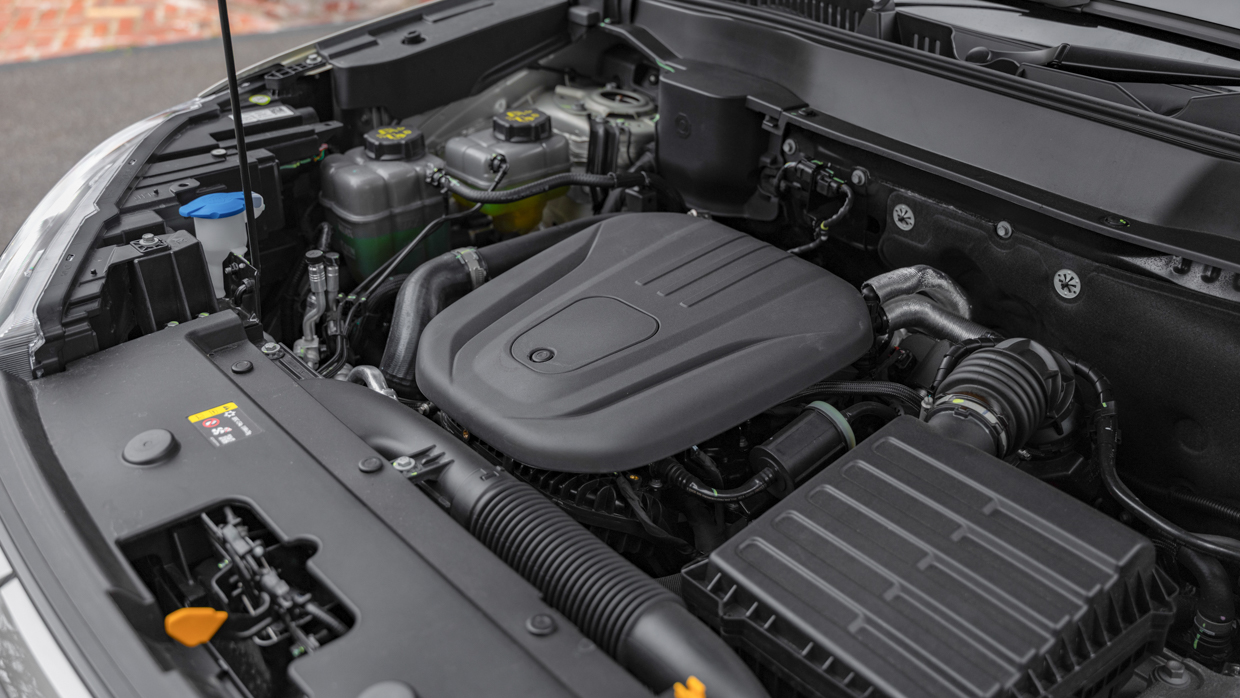
So how do you pick between the HEV and the PHEV? Well, only the plug-in hybrid has the battery capacity to consistently make the most of its electric outputs. It avoids the lag of the regular hybrid by being able to deploy electric poke much more of the time.
Compared to a Toyota RAV4 hybrid powertrain, the H6 HEV’s calibration is decidedly average — the H6 PHEV feels considerably slicker and smarter.
We acknowledge HEV to PHEV is a steep-ish $4000 jump in 2WD form, but the $1500 leap from HEV AWD to PHEV AWD should be a no-brainer — it’s clear the PHEV Hi4 AWD is peak Haval H6.
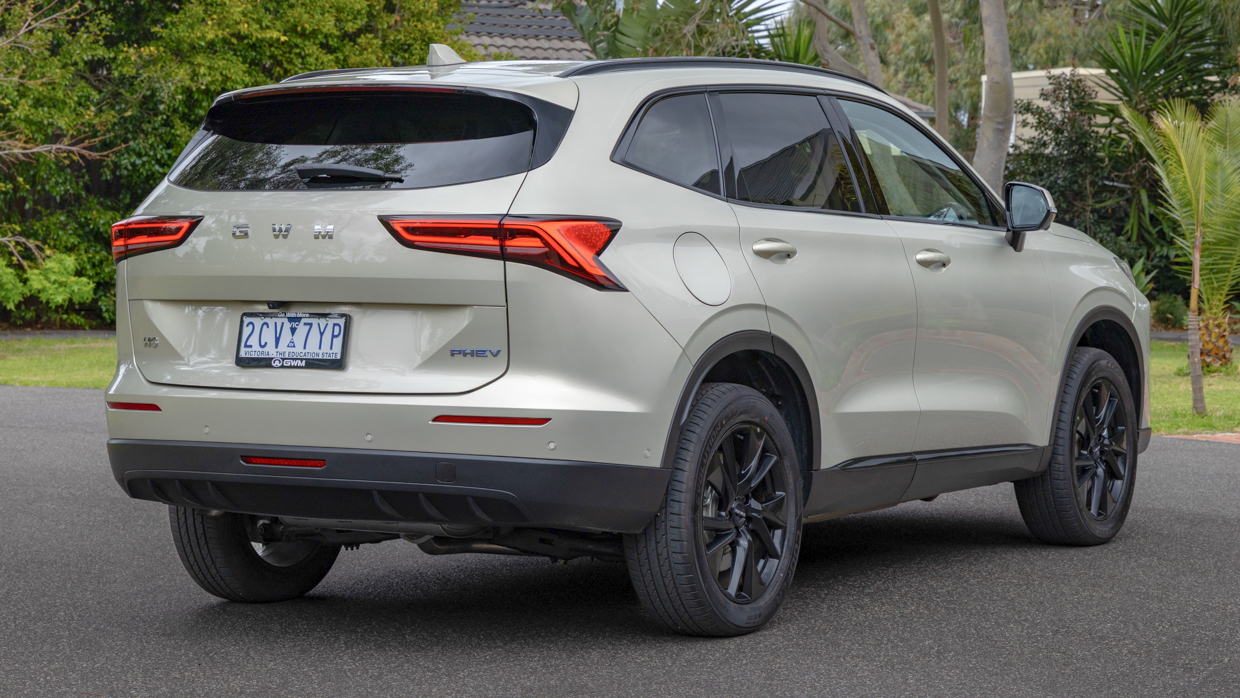
Blend in the convincing local ride and handling changes with the slick PHEV powertrain, and it seems likely this is the best GWM ever sold in Australia — and a very convincing midsize SUV.
Key specs (as tested)
About Chasing cars
Chasing Cars reviews are 100% independent.
Because we are powered by Budget Direct Insurance, we don’t receive advertising or sales revenue from car manufacturers.
We’re truly independent – giving you Australia’s best car reviews.
The estimate provided does not take into account your personal circumstances but is intended to give a general indication of the cost of insurance, in order to obtain a complete quote, please visit www.budgetdirect.com.au. Estimate includes 15%^ online discount.
^Conditions Apply
Budget Direct Insurance arranged by Auto & General Services Pty Ltd ACN 003 617 909(AGS) AFSL 241 411, for and on behalf of the insurer, Auto & General Insurance Company Limited(ABN 42 111 586 353, AFSL 285 571).Because we don’t know your financial needs, we can’t advise you if this insurance will suit you. You should consider your needs and the Product Disclosure Statement before making a decision to buy insurance. Terms and conditions apply.
Indicative quote based on assumptions including postcode , 40 year old male with no offences, licence suspensions or claims in the last 5 years, a NCD Rating 1 and no younger drivers listed. White car, driven up to 10,000kms a year, unfinanced, with no modifications, factory options and/or non-standard accessories, private use only and garaged at night.
^Online Discounts Terms & Conditions
1. Discounts apply to the premium paid for a new Budget Direct Gold Comprehensive Car Insurance, Third Party Property Only or Third Party Property, Fire & Theft Insurance policy initiated online on or after 29 March 2017. Discounts do not apply to optional Roadside Assistance.
2. Discounts do not apply to any renewal offer of insurance.
3. Discounts only apply to the insurance portion of the premium. Discounts are applied before government charges, taxes, levies and fees, including instalment processing fees (as applicable). The full extent of discounts may therefore be impacted.
4. We reserve the right to change the offer without notice.